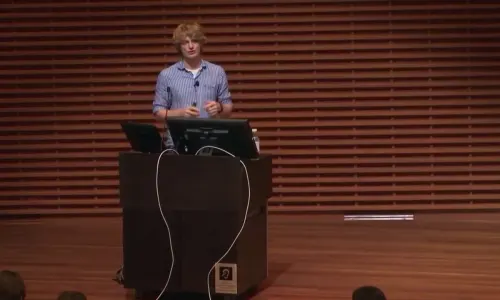See all Lex Fridman transcripts on Youtube

Deep Learning for Natural Language Processing (Richard Socher, Salesforce)
1 hours 29 minutes 3 seconds
🇬🇧 English

Omnivision Solutions Ltd
- Getting Started
- Create Transcript
- Pricing
- FAQs
- Recent Transcriptions
- Roadmap